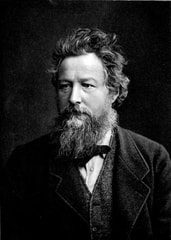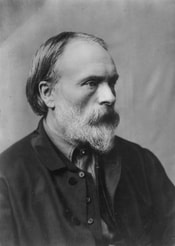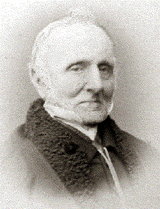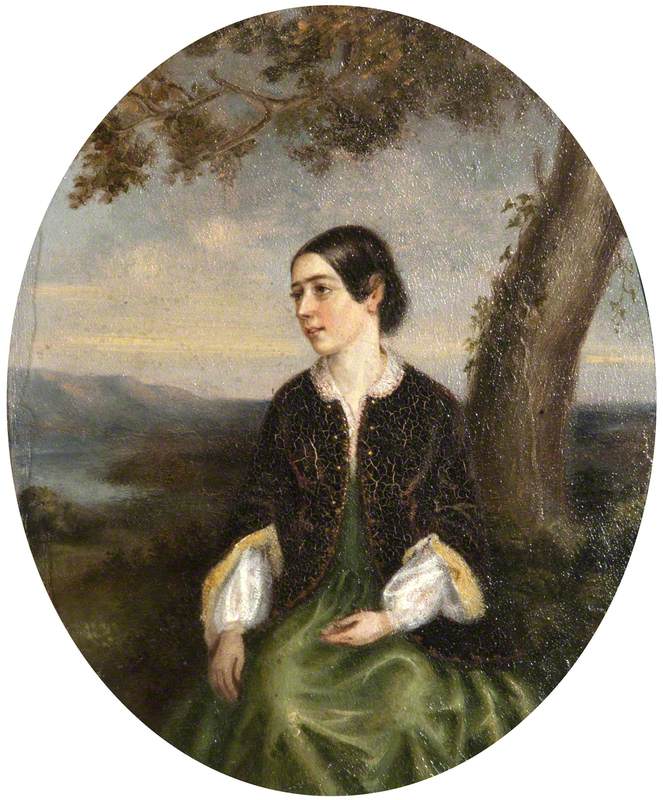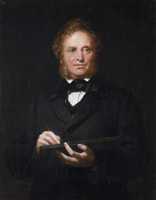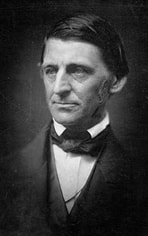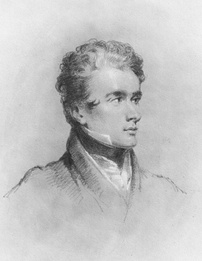JMW Turner himself sent visitors to see Mr Windus's Turner Drawings –
“…may I trouble you to give me permission to a Lady to see your Drawings
who hesitating fearing a trespass without your concurrence therein”
“…may I trouble you to give me permission to a Lady to see your Drawings
who hesitating fearing a trespass without your concurrence therein”
Visitors to the Turner Collection
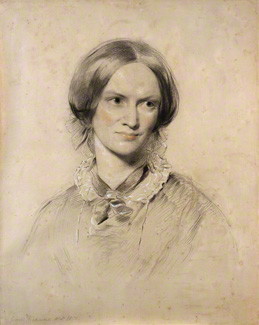
Artists such as EW Cooke RA, John Sell Cotman, David Roberts RA, William Brockedon, George Jones RA, James Holland RA, Thomas Phillips RA, Thomas Tudor, Copley Fielding, George Lance, Thomas Richmond, Francis Grant RA, William Boxall RA, (John) Frederick Tayler, Clarkson Stanfield RA, Edward Swinburne (distinguished amateur watercolourist and great uncle of the famous poet) and Lady Trevelyan (née Paulina Jermyn) and the engravers W J Linton and John Pye.
Writers included Charlotte Brontë, George Eliot, Alaric A Watts and Ralph Waldo Emerson who in his diary of June 26 1848 wrote: I went with Edwin Field and Mr. Stanfield and his son to the house of Mr. Windus, Tottenham, to see his collection of Turner’s pictures and drawings of which altogether he may have a hundred. This gallery was that in which Ruskin had studied. It is quite necessary to see all these pictures to appreciate the genius of Turner through his extravagances. Mary Windus, BG Windus's daughter, refers to visitors of ‘high rank’, many who returned often, including Lord Landsdowne, Lady Morley, Countess Roseberry, Lord Havordale, Sir John Hipisley and Sir Walter Trevelyan. She also notes that more than once the late Prince Consort spoke of a visit to Tottenham, but his intention was never carried out. The Director of the Royal Gallery of Pictures, Berlin, Dr Waagen, who wrote about the art he had seen on his visit to England, recorded his regret at being unable to visit: BG. Windus, Esq., who resides at Tottenham, in the immediate vicinity of London, possesses a collection of drawings by Turner, among which are some of the choicest specimens. As I greatly admire the earlier works of this master, I the more regretted that I was not able to take advantage of a Tuesday, on which day Mr. Windus permits the lovers of art access to his collection. His collection is equally rich in works by Stothard. William Morris and Edward Burne-Jones visited the collection in May 1855 whilst students and saw paintings by Millais [Wandering thoughts] and Madox Brown [Last of England] for the first time. They had become aware of the Pre-Raphaelite Movement following the publication of John Ruskin’s Edinburgh Lectures. More below on Charlotte Brontë and George Eliot at the time of their visits: Charlotte Brontë Who can read these glowing descriptions of Turner’s works without longing to see them? Charlotte Brontë wrote in 1848 to WS Williams on reading Ruskin’s Modern Painters. A year later on 5 December she sent a letter to her father from London, ‘I have seen the pictures in the National Gallery. I have seen a beautiful exhibition of Turner’s paintings’ and on 14 February 1850 to her friend Margaret Wooler she wrote of having seen ‘one or two private collections of Turner’s best water colour drawings’ as well as ‘his later oil-paintings’. From Charlotte Brontë: The Imagination in History, Heather Glen, 2002 OUP Charlotte Brontë clearly thought of the novel in painterly terms, writing to her publisher, ‘I doubt the regular novel reader will consider … the colours dashed on to the Canvass with the proper amount of daring’. And as she was completing Villette at the end of 1852 to WS Williams, 'Still – I feel they must be satisfied with what is offered: my palette affords no bright tints – were I to attempt to deepen the reds or burnish the yellows – I should but botch’. The reviewer of Villette in the Literary Gazette wrote ‘We never read one of her descriptions that we do not long for more. The book contains a few that are as good as Turner’s to the mind’s eye’. Sadly no Visitors Book has come to light to show who visited Tottenham but that it was likely to have been BG Windus's collection is proposed in the footnotes of Heather Glen's Charlotte Brontë: The Imagination in History: The collection of BG Windus at Tottenham was open to public view once a week, and contained more than 200 watercolours by 1840: in the 1840s, Windus (a major patron of Turner) began to collect the late oils. The collection of HAJ Munro of Novar (at his London home at 113 Grosvenor Square) also contained several late oils. 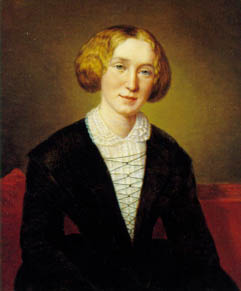 George Eliot aged 30 by Alexandre-Louis-François d'Albert-Durade George Eliot aged 30 by Alexandre-Louis-François d'Albert-Durade
George Eliot
According to JW Cross, the author George Eliot 'was in the habit of going with me very frequently to the National Gallery, and to other exhibitions of pictures, to the British Museum sculptures, and to South Kensington.' Of the notable private collections in London, Eliot knew at least two: Windus’s collection, which she saw in 1850, and Alfred Morrison’s collection at Carlton House Terrace. In 1849-50 George Eliot spent eight months in Geneva, recovering from the fatigue and depression caused by her father’s illness and death. During five of those months, she lived in the family of Alexandre-Louis-François d’Albert-Durade, a Swiss painter and his wife Julie Covelle, an accomplished painter of flowers. George Eliot wrote ‘She has hung my room with pictures, one of which is the most beautiful group of flowers conceivable thrown on an open Bible — painted by herself‘. François D’Albert Durade painted a portrait of the writer, then aged 30. When he accompanied her back to England in the spring of 1850, George Eliot arranged for him to see the Windus collection of Turner’s work. Her diary records a visit to see the Turners in the Windus collection on 13 March 1851. George Eliot also read regularly in the literature of the visual arts. By far her most important mentor was Ruskin. In 1856 she read and reviewed volumes III and IV of Modern Painters. ‘What books his last two are!’ she exclaimed to Barbara Leigh Smith. ‘I think he is the finest writer living. Source material Victorian web: Charlotte Brontë and George Eliot |
Artists, authors and poets flocked to Tottenham to see Mr Windus’ collection and many people of high rank from time to time asked and obtained permission to visit this modest abode of Art, and pay homage to the genius of the great JMW Turner. Visitors to the Collection
|

